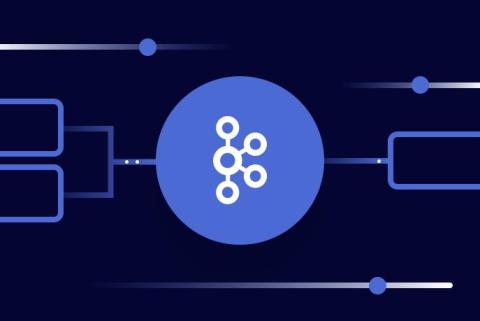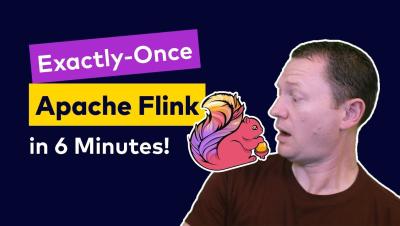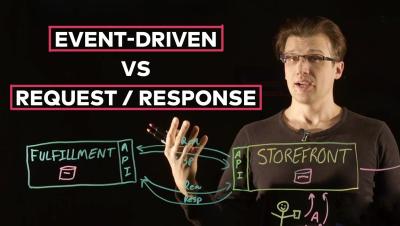Contributing to Apache Kafka: How to Write a KIP
I’m brand new to writing KIPs (Kafka Improvement Proposals). I’ve written two so far, and my hands sweat every time I hit send on an email with ‘ KIP’ in the title. But I’ve also learned a lot from the process: about Apache Kafka internals, the process of writing KIPs, the Kafka community, and the most important motivation for developing software: our end users. What did I actually write? Let’s review KIP-941 and KIP-1020.











